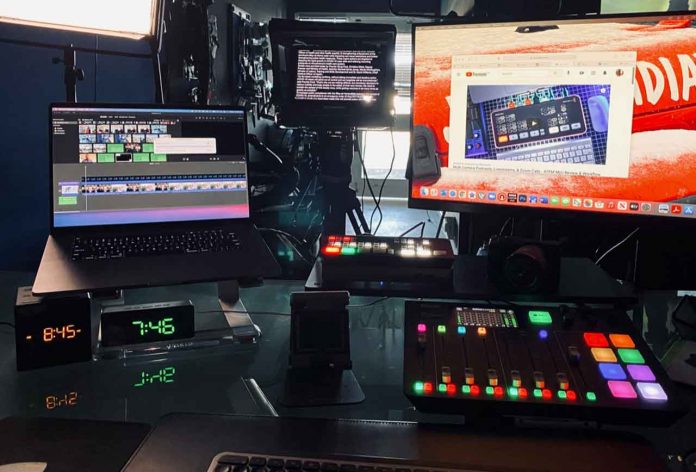The Rise of “Zoom Fatigue” in the Digital Era
THUNDER BAY – BUSINESS – In recent years, with the widespread adoption of video conferencing platforms like Zoom, FaceTime, and Microsoft Teams, it has transformed how we connect and communicate in professional and educational settings.
However, this surge in digital interaction has brought with it a new challenge: “Zoom fatigue.” This term refers to the exhaustion and listlessness many individuals experience following prolonged video calls.
Anecdotal evidence of this phenomenon has been abundant, and now, scientific research is beginning to unravel its underpinnings.
Scientific Study Sheds Light on Video Conference Fatigue
A pivotal study, published in the journal Scientific Reports, provides concrete evidence linking video conferencing in educational environments to physical symptoms of fatigue. Conducted with a focus group of 35 engineering students at an Austrian university, the research utilized both electroencephalogram (EEG) and electrocardiogram (ECG) technologies to monitor brain activity and heart rhythms during lectures.
The study’s design involved participants attending lectures both in-person and via videoconference, allowing for a comparative analysis of their experiences.
Key Findings: Physical Impact of Online Lectures
Researchers observed significant differences in the fatigue levels between students attending in-person lectures and those participating online.
Those in the videoconference group exhibited increasing fatigue, marked by changes in brain wave patterns indicative of attention struggles. Their mood also differed noticeably from the in-person group, with online attendees reporting feelings of tiredness and dissatisfaction, in contrast to the more positive emotions of their in-person counterparts.
Implications and Future Research Directions
This research highlights the physical toll of video conferencing and suggests its role as a complementary tool rather than a complete substitute for face-to-face interaction.
The study’s authors advocate for further research in diverse settings, including business and home environments, to gain a broader understanding of the impact of video conferencing on different populations.
The Bigger Picture: “Technostress in Organizations”
The study is part of a larger Austrian-funded project titled “Technostress in Organizations,” aimed at exploring the physiological effects of various technological interactions on the human body and mind. This project also delves into other aspects of digital life, such as the benefits of digital detoxes, the impact of workplace interruptions, and the usage of social networks.
Strategies to Mitigate Video Call Fatigue
In light of these findings, it’s crucial for individuals and organizations to adopt strategies to combat Zoom fatigue. Some effective approaches include:
- Scheduled Breaks: Incorporate short breaks during long video calls to prevent cognitive overload.
- Limiting Screen Time: Restrict the duration and frequency of video calls where possible.
- Physical Activity: Engage in physical exercises or stretches between calls to stimulate blood circulation and reduce lethargy.
- Ergonomic Setup: Optimize your workspace for comfort and to reduce physical strain during calls.
- Mindfulness Practices: Implement mindfulness or relaxation techniques to manage stress and improve focus.
Conclusions
As we continue to navigate the digital landscape, understanding and addressing the challenges posed by technologies like video conferencing is essential. By acknowledging the reality of Zoom fatigue and adopting targeted strategies, we can improve our digital well-being and maintain productivity in an increasingly virtual world.







